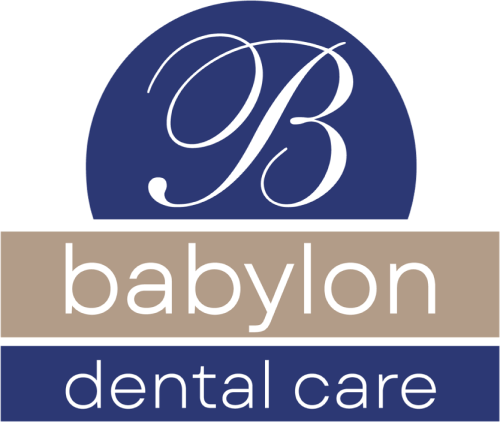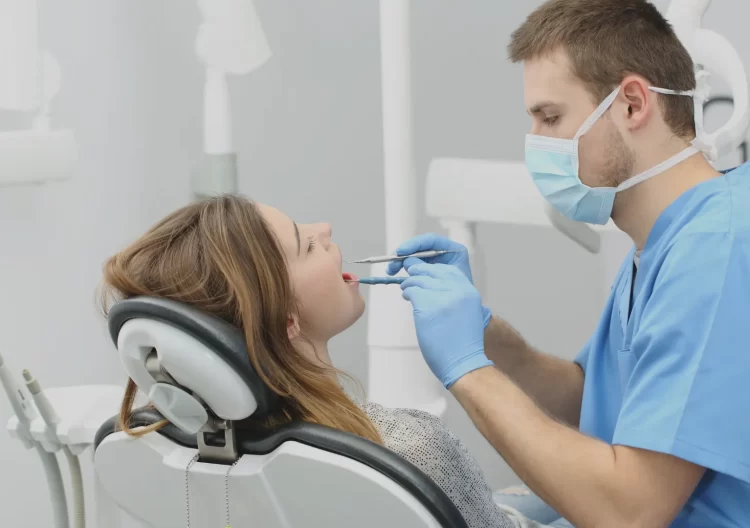 An appointment with your dentist can be intimidating, partly because there are so many machines and tools in the office that seem so foreign to many of us. What are they, and what is your dentist going to use them for? Getting an answer to those questions does more than satisfy your curiosity. It gives you a little more comfort about what to expect from your next dental visit.
An appointment with your dentist can be intimidating, partly because there are so many machines and tools in the office that seem so foreign to many of us. What are they, and what is your dentist going to use them for? Getting an answer to those questions does more than satisfy your curiosity. It gives you a little more comfort about what to expect from your next dental visit.
While dental tools can sometimes look scary, you’ll quickly discover with a little explanation that they’re all designed to avoid pain and give you the cleanest, healthiest mouth possible.
The Basics
Anyone who has ever had a dental cleaning knows a few instruments by sight immediately. The mouth mirror has been designed to comfortably fit into your mouth and show the dentist every angle inside. If you’ve ever tried to look around inside your own mouth, you’ll know it’s a bit cramped and hard to get a good sighting on a lot of corners. The mouth mirror makes it easy for your dentist and comfortable for you to find out what’s going on in there.
The tools a dentist uses to clean and check your teeth include a number of probes, scalers, curettes, and other tools that can look scary but are designed to be similarly convenient, controllable, and comfortable for both parties. These tools allow the dentist to remove hardened plaque called calculus.
Removing that calculus from the mouth and avoiding the mouth filling with saliva requires that suction device that also sprays water. This keeps the dentist’s “working space” tidy and makes sure you don’t swallow all that calculus or choke on your spit.
Finally, you may also have some X-Ray images taken during a normal visit. Your dentist will put a lead cover over you to protect you from the radiation. The images allow your dentist to see what’s going on below the surface, within your teeth, and in your gums, so they can know if there are any serious problems to look out for.
Tools to Fix Bigger Problems
If you aren’t just getting a normal cleaning, you’re probably going to see a few more tools. For instance, if your dentist sees something they don’t like on the X-Ray, you may be asked to create a mould, in which you bite down on a liquid that hardens into a cast of your whole mouth or a particular section. This allows your dentist to see the precise issues with your teeth more clearly so they can make the best choices for your treatment.
If a procedure is likely to cause a lot of pain, your dentist may administer local anesthetic through a syringe right into your gum. This numbing agent allows you to go through the whole operation without pain, making it easier for your dentist to work and also making sure you don’t suffer.
The dental drill often makes patients nervous, but it has a completely benign purpose. It can be used to remove decay so a cavity can be filled, or else to polish the tooth after a procedure. The vibration might feel awkward, but it isn’t hurting your teeth. When the decay around the tooth is soft, a dentist will use a spoon excavator instead of a drill.
Finally, burnishers may be used after a procedure to remove scratches from your tooth and make it look clean, smooth, and good as new.
At Babylon Dental Care our expert hands only work with the highest quality tools in order to keep your teeth healthy and your smile beautiful. We have over 35 years of experience caring for people just like you across New York. Call us at (631) 983-6665 to set up your appointment with us today.



